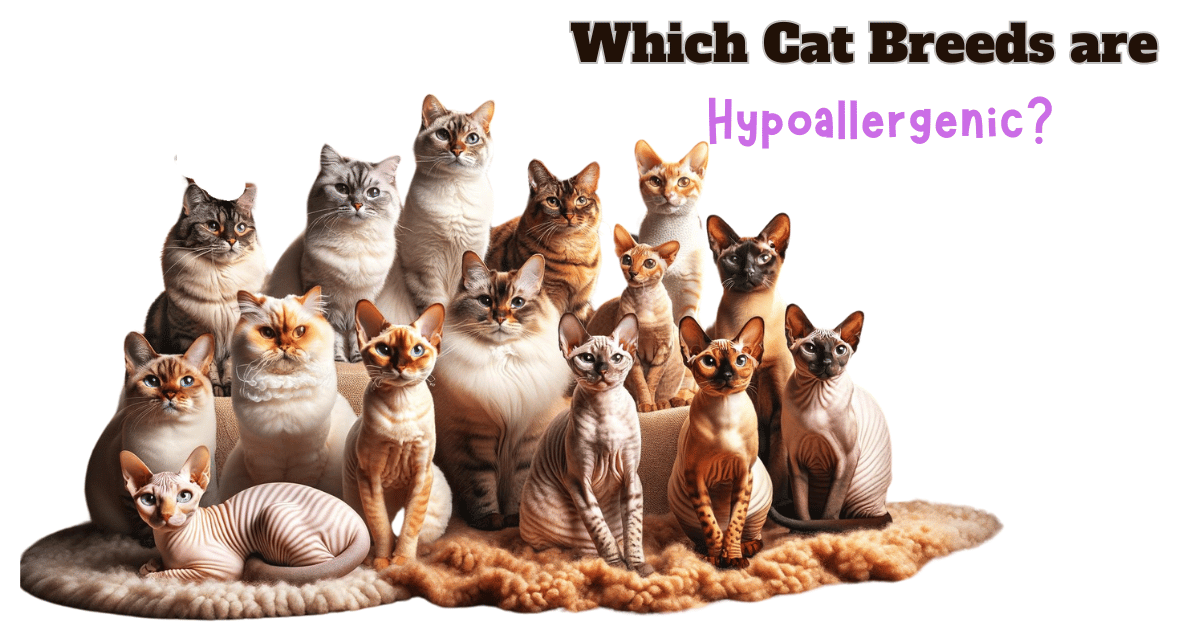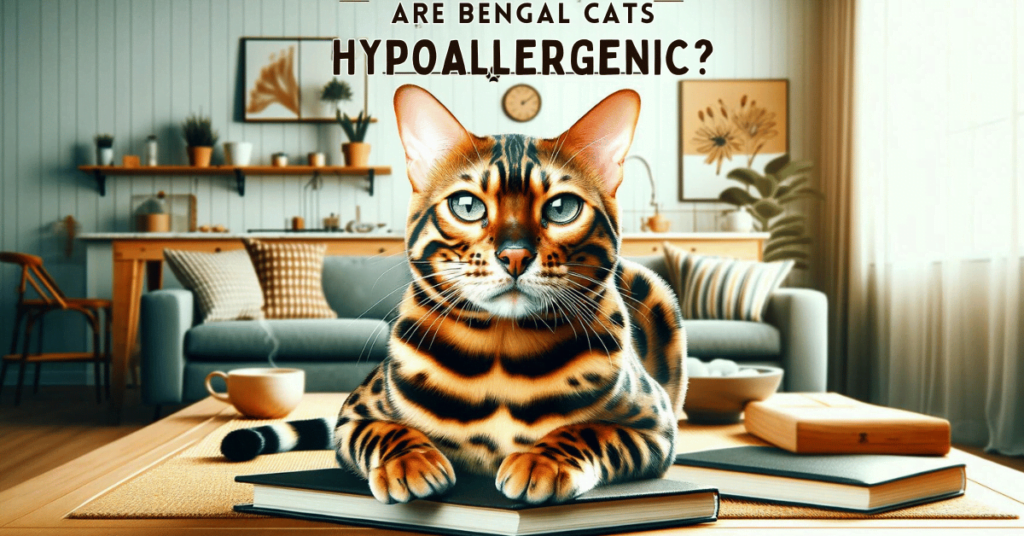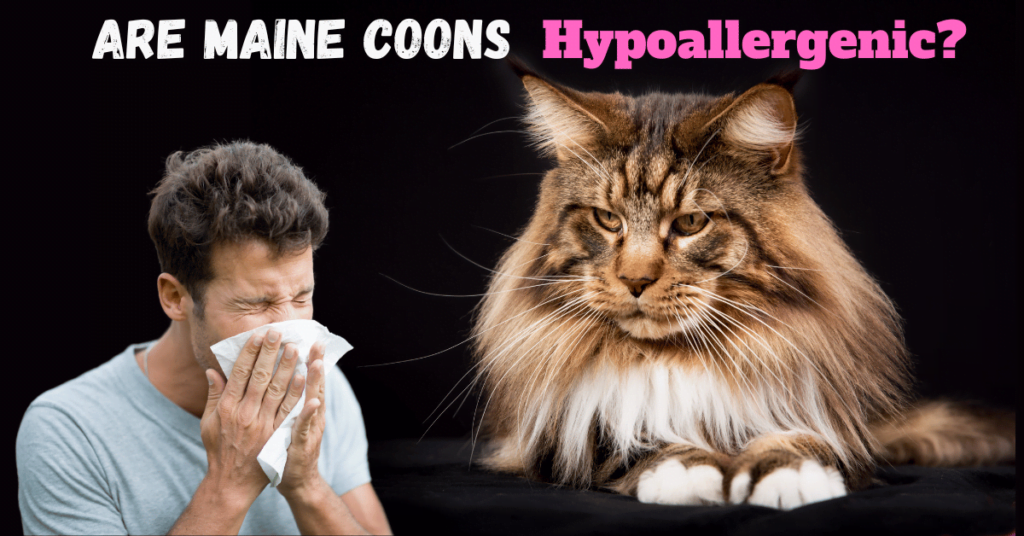This post contains affiliate links and I will be compensated if you make a purchase after clicking on my links.
Guide to Hypoallergenic Cat Breeds for Allergy Sufferers
If you’re an allergy sufferer but still dream of having a feline companion, you’re in luck! While no cat breed is 100% hypoallergenic, some breeds produce fewer allergens and are often more tolerable for people with mild to moderate allergies.
However, if you have severe allergies, these breeds might still cause a reaction. For those with low to moderate allergies, there is a high chance these breeds will be fine to live with. Let’s dive into the best hypoallergenic cat breeds for allergy sufferers.
Fel d 1 Protein: The Culprit Behind Cat Allergies
Cat allergies are primarily caused by a protein called Fel d 1, which is found in cat saliva, skin, and urine. When cats groom themselves, this protein gets on their fur and skin, and as the fur and dander spread around your home, they can trigger allergic reactions. Different cat breeds produce varying levels of Fel d 1 protein, which is why some breeds are considered more hypoallergenic than others.
It’s essential to remember that individual reactions can vary, so spending time with a cat before adopting is crucial to ensure compatibility.
Top Hypoallergenic Cat Breeds
1. Siberian
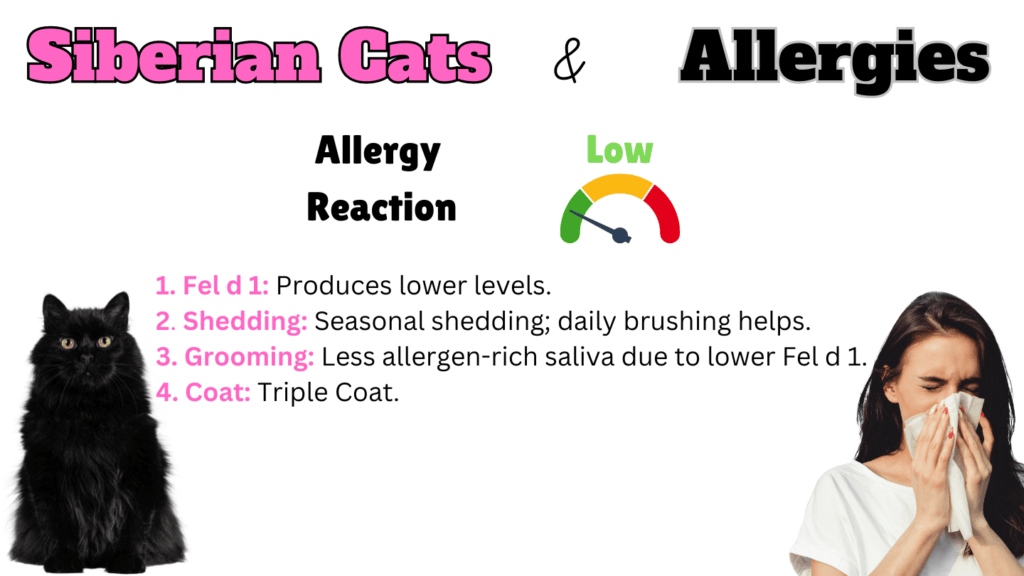
Siberian cats, known for their long, luxurious triple coats, might seem like a nightmare for allergy sufferers. However, these majestic felines produce lower levels of the Fel d 1 protein, making them more tolerable for many people with allergies. They do shed seasonally, so daily brushing during these times can help keep their coats healthy.
2. Balinese
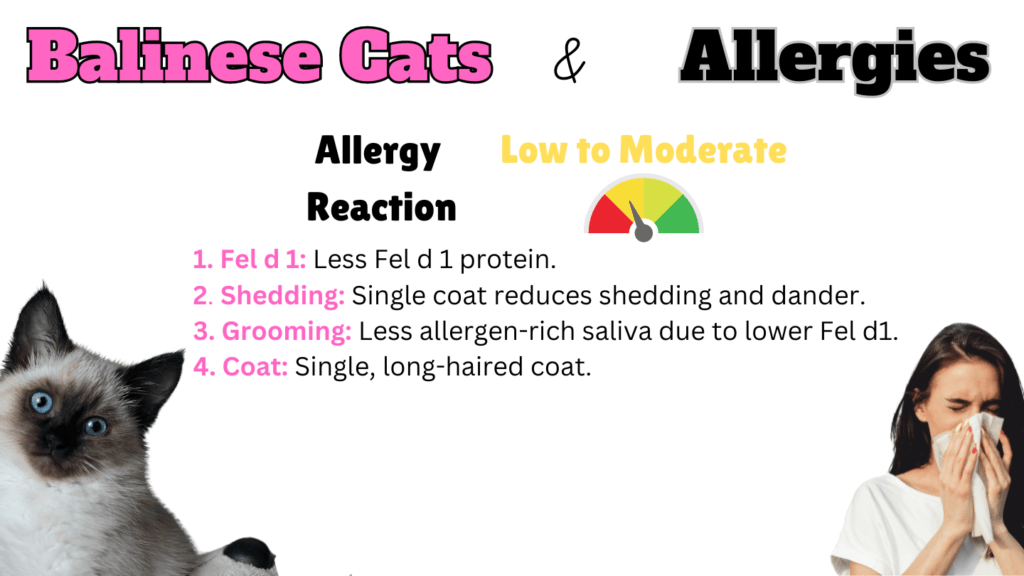
Often referred to as the “long-haired Siamese,” Balinese cats are not only elegant and affectionate but also a great option for allergy sufferers. Despite their silky, flowing fur, Balinese cats produce less Fel d 1 protein compared to many other breeds.
Additionally, their single coat of hair reduces shedding and dander, further minimizing potential allergens. Their social and intelligent nature makes them wonderful companions for those who need a hypoallergenic pet.
3. Bengal
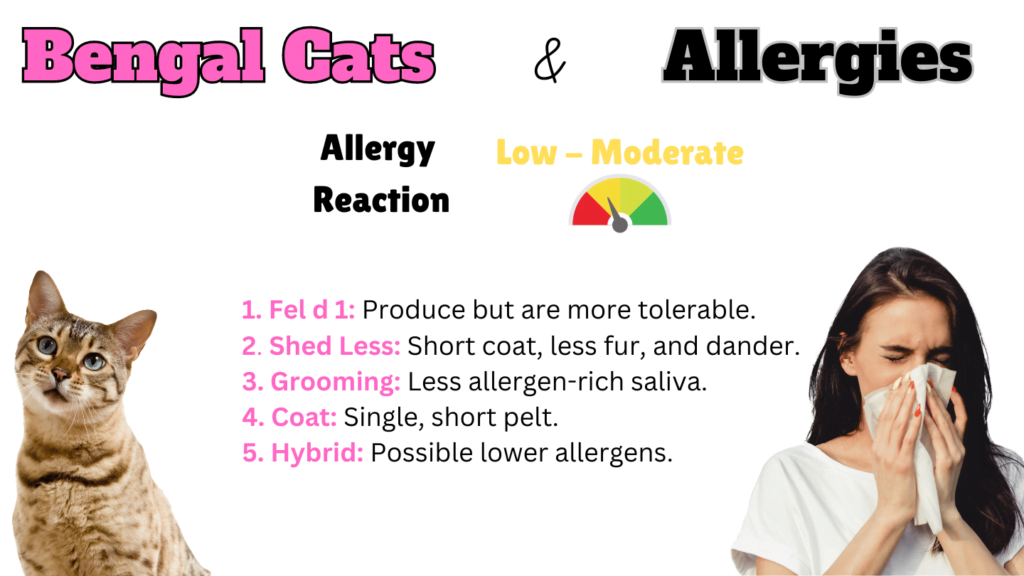
With their striking, exotic appearance, Bengal cats are a favorite among cat enthusiasts. But there’s more to them than just their looks. Bengals have a short, sleek coat that sheds less and requires minimal grooming, which means there’s less allergen-rich saliva on their fur.
This lower maintenance coat makes them a suitable option for people with mild to moderate allergies. Their playful and active disposition ensures that they bring a lot of joy and energy to any household.
4. Russian Blue
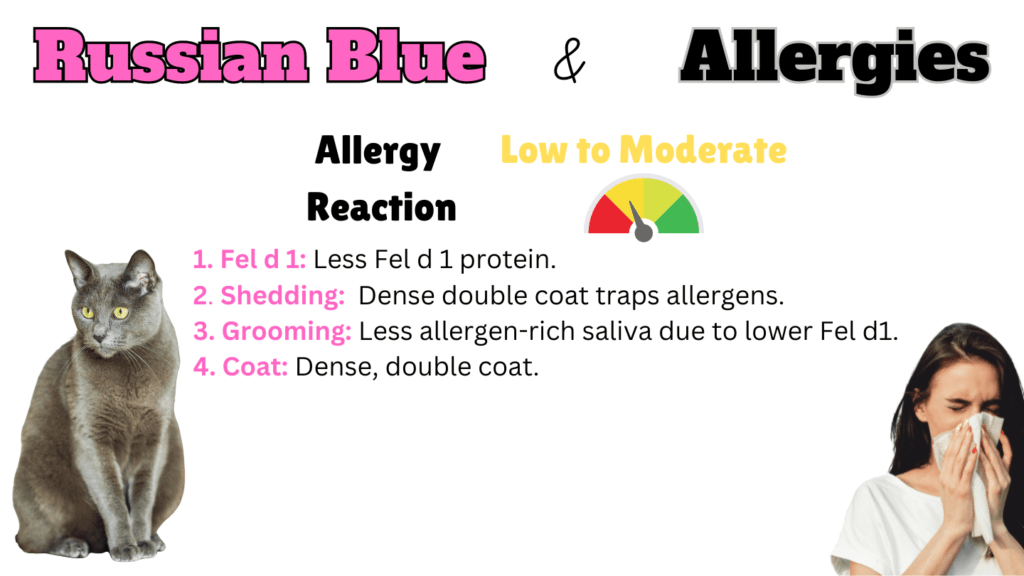
Russian Blue cats are easily recognized by their dense, double coat and striking green eyes. This breed’s short thick fur not only adds to their beauty but also helps trap allergens close to their skin, preventing them from becoming airborne.
Additionally, Russian Blues produce less Fel d 1 protein, making them a more suitable choice for allergy sufferers. Their gentle and reserved nature makes them a delightful and manageable pet for those dealing with allergies.
5. Devon Rex
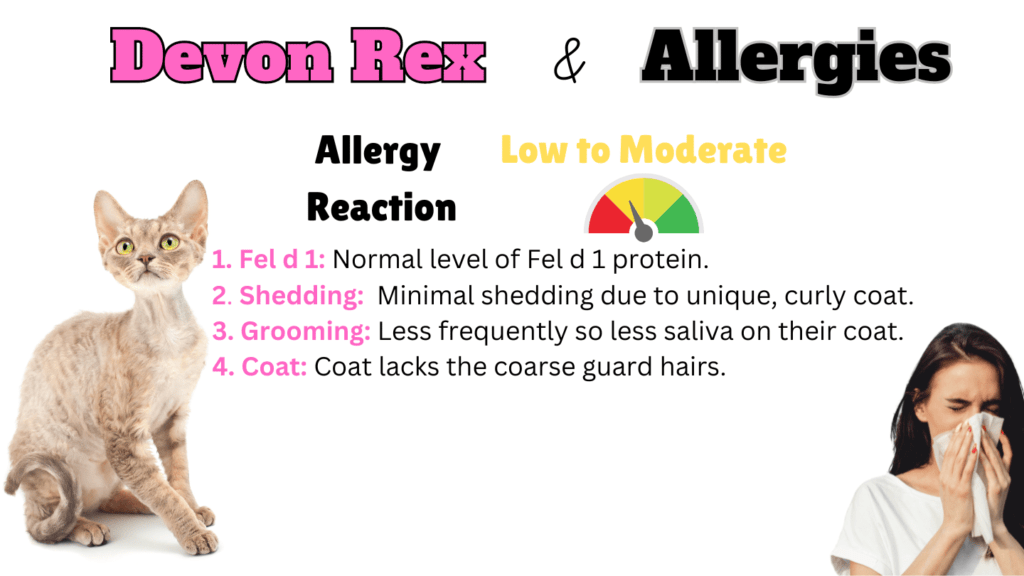
Devon Rex cats are known for their unique, curly coats that set them apart from other breeds. Their coat has a suede-like or velvety texture and lacks the coarse guard hairs found in other cats. These cats shed very little, and their short fur, coupled with low grooming needs, significantly reduces the spread of allergens.
The Devon Rex’s playful and mischievous personality adds a layer of charm, making them an endearing and hypoallergenic option for those with sensitivities to cat dander.
6. Cornish Rex
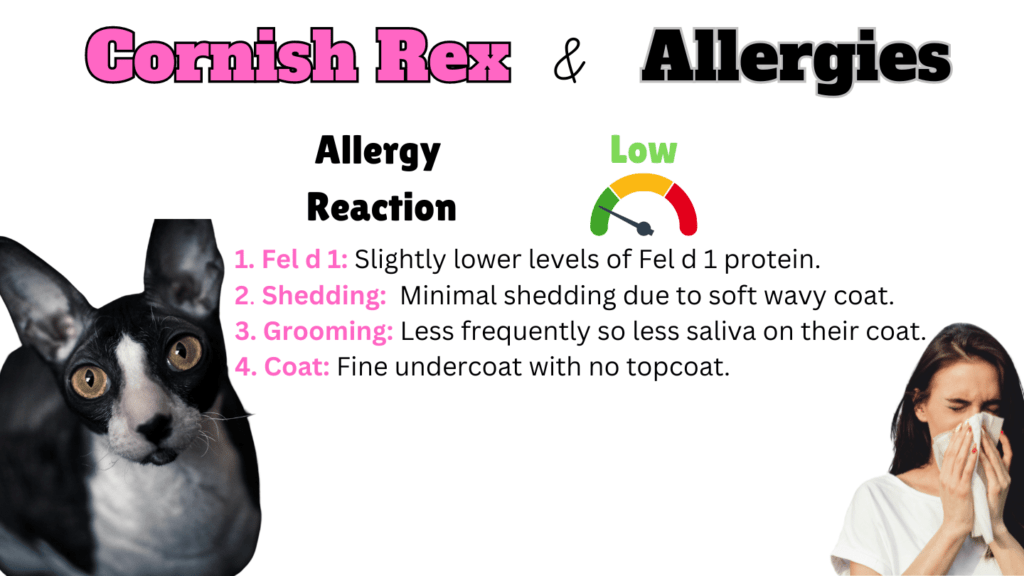
Cornish Rex cats boast a distinctive soft, wavy coat that doesn’t tend to shed as much dander as longhaired cats or cats with dense coats. Similar to the Devon Rex, Cornish Rex cats have minimal shedding and produce fewer allergens, which is a boon for people with allergies.
These cats only have a fine undercoat and no topcoat at all. Active and affectionate, Cornish Rex cats are often described as being dog-like in their loyalty and behavior.
7. Oriental Shorthair
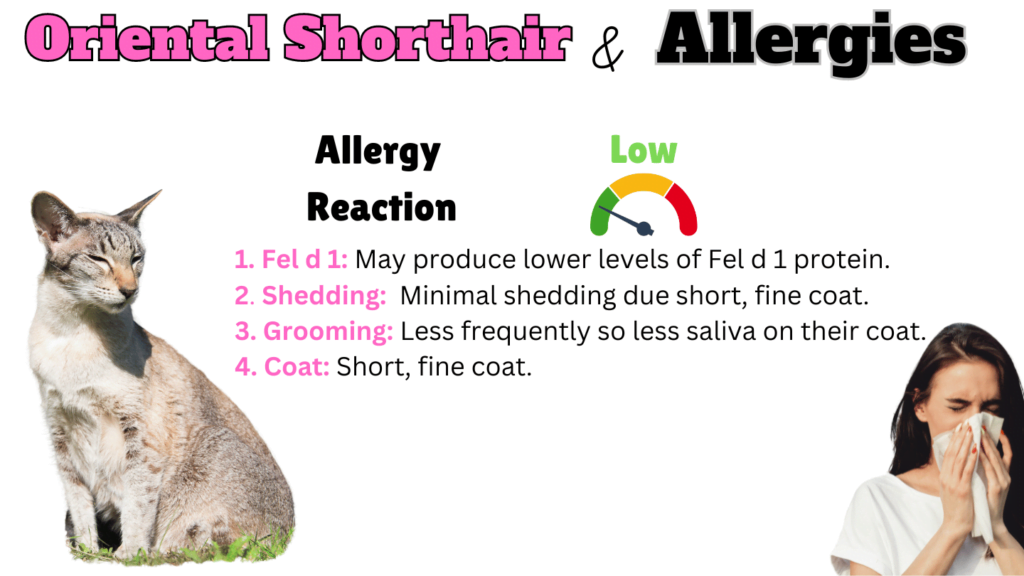
Oriental Shorthairs are sleek, elegant cats with a short, fine coat that sheds minimally, making them a favorable choice for allergy sufferers. Closely related to the Siamese, they share the trait of lower allergen production.
Regular brushing a couple of times a week and rubbing them with a damp cloth can help remove dead hair and dander, further minimizing allergens. With their wide variety of colors and patterns, along with their affectionate and social nature, Oriental Shorthairs are a delightful and hypoallergenic option.
8. Sphynx
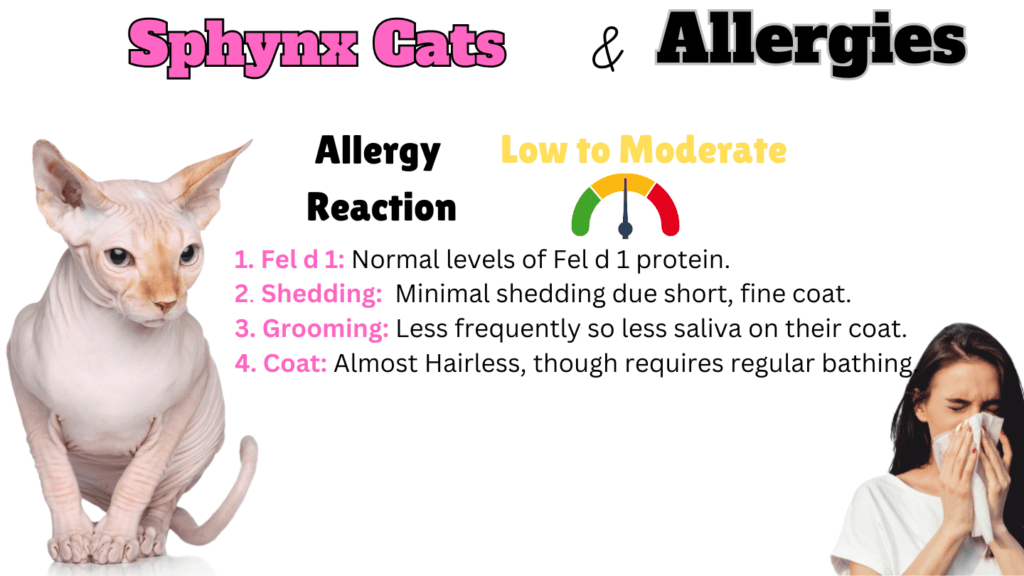
The Sphynx is a distinctive, hairless breed known for its lack of fur, eliminating one major source of allergens. While they produce normal amounts of Fel d 1 protein, there is no fur to trap these allergens, making them easier to manage.
Regular bathing is necessary to remove excess oil and the protein from their skin, minimizing the presence of dander. Sphynx cats are known for their affectionate and extroverted personalities, making them an engaging and hypoallergenic choice for those willing to commit to their grooming needs.
9. Javanese
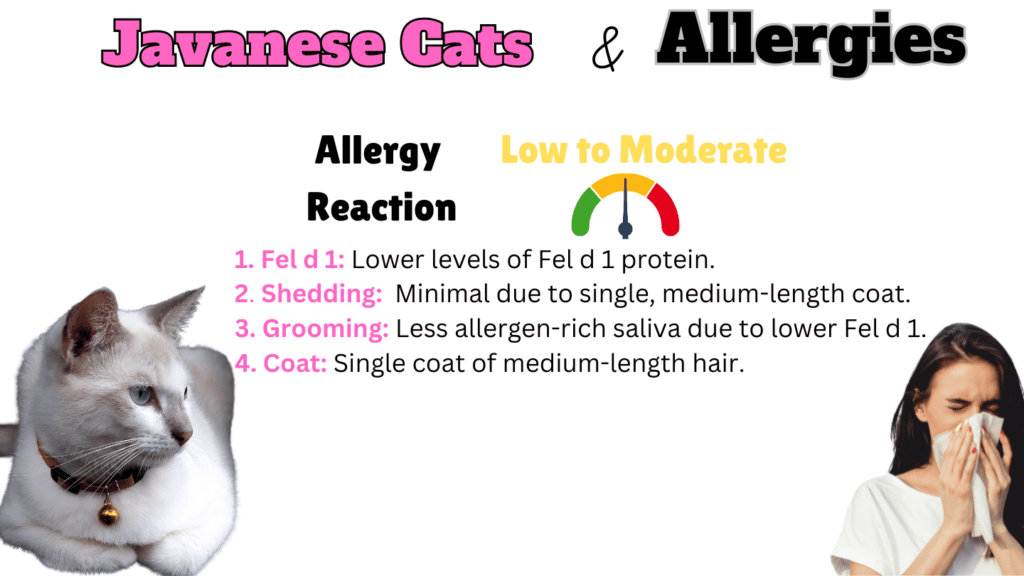
Javanese cats have a single coat of medium-length hair, which reduces shedding and dander compared to other breeds. Without an undercoat, they shed less and only require weekly brushing, spreading fewer allergens. Known for their playful and intelligent nature, Javanese cats often form strong bonds with their owners.
10. Burmese Cat
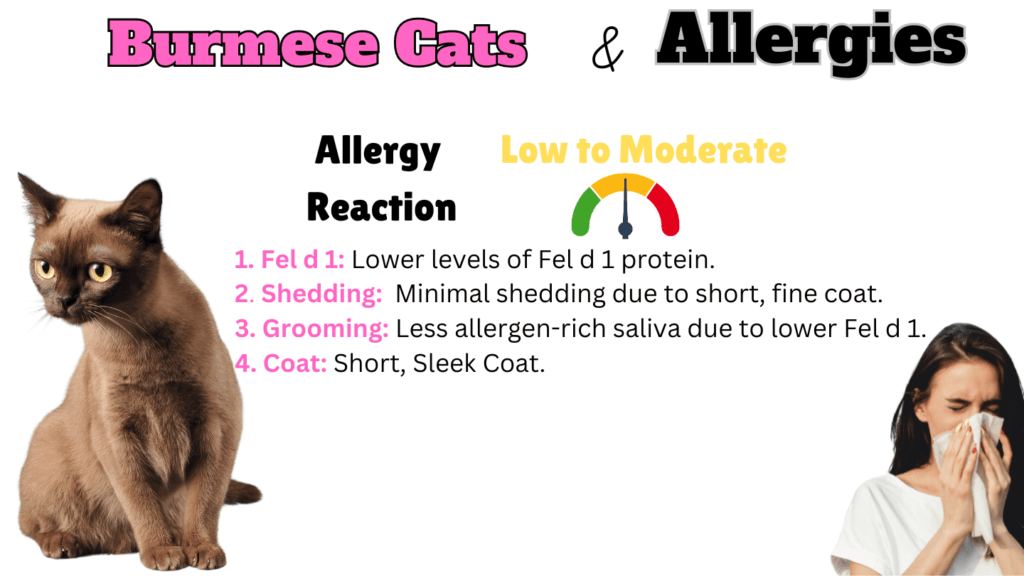
Burmese cats are known for their sleek, muscular bodies and short, fine coats that shed minimally. This breed produces lower levels of the Fel d 1 protein, the primary allergen found in cats, making them a more tolerable choice for many allergy sufferers. Their minimal shedding means fewer allergens are released into the environment. Burmese cats are affectionate and social, often forming strong bonds with their owners.
11. Siamese Cat
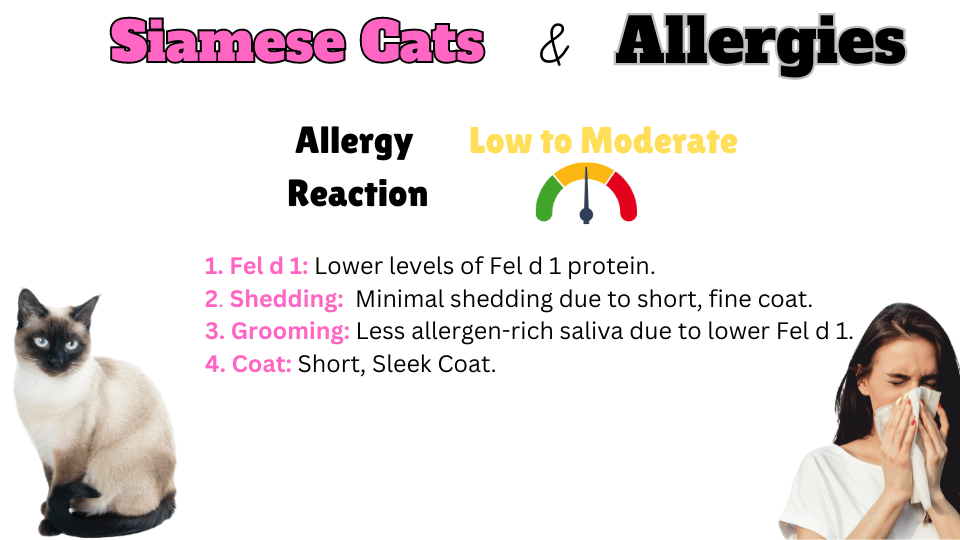
Siamese cats are often considered hypoallergenic because they don’t produce large amounts of the Fel d1 protein. Along with producing smaller amounts of this protein, they shed less fur.
Since allergens are carried on cat fur and dander, their minimal shedding makes them a better choice for allergy-prone cat parents. Plus, their sleek coats require minimal brushing, making them low-maintenance in terms of grooming.
Additional Tips for Managing Cat Allergies
Regular Grooming and Bathing
Keeping your cat well-groomed and bathed regularly can significantly reduce the amount of allergens on their fur and skin. Brushing your cat helps to remove loose hair and dander, while regular baths can wash away the Fel d 1 protein from their skin. Make grooming a routine to help keep allergies at bay.
Use Air Purifiers
Investing in a good quality air purifier can make a huge difference in reducing airborne allergens. These devices work by filtering out allergens from the air, including cat dander, dust, and other particles that might trigger your allergies. Place air purifiers in the rooms where you and your cat spend the most time for optimal results.

Maintain a Clean Living Space
A clean home is crucial for managing cat allergies. Regularly vacuuming carpets, rugs, and furniture can help remove cat hair and dander. Additionally, washing your cat’s bedding and toys frequently will also minimize allergen buildup. Consider using allergen-reducing sprays and cleaning products designed for homes with pets.
Seek Professional Advice
If you’re struggling with cat allergies, it’s always a good idea to consult with allergists and veterinarians. Allergists can provide personalized advice and treatment options to help manage your symptoms, while veterinarians can offer tips on maintaining your cat’s health and reducing allergens. Professional guidance can make living with a cat more comfortable and enjoyable.
Enjoying Life with a Hypoallergenic Cat Breed
While no cat breed is entirely hypoallergenic, the breeds mentioned in this guide are known to produce fewer allergens and may be more suitable for people with mild to moderate allergies. Individual reactions can vary, so spending time with a cat before making a decision is essential.
Choosing a hypoallergenic cat is part of the game, but it’s equally important to select a cat that matches your lifestyle and personality. With the right breed and proper care, you can enjoy the companionship of a feline friend without too much sneezing and itching.
Meet Sean, a fintech whiz with a penchant for pet purrs and blockchain buzz. After a decade of fintech feats, Sean's tech talents leaped from ledger lines to litter lines, driven by a passion for pets and a vision for a more connected pet care community. With three critter companions as co-pilots, Sean launched this blog to share a treasury of pet-friendly tech tips and tales.

